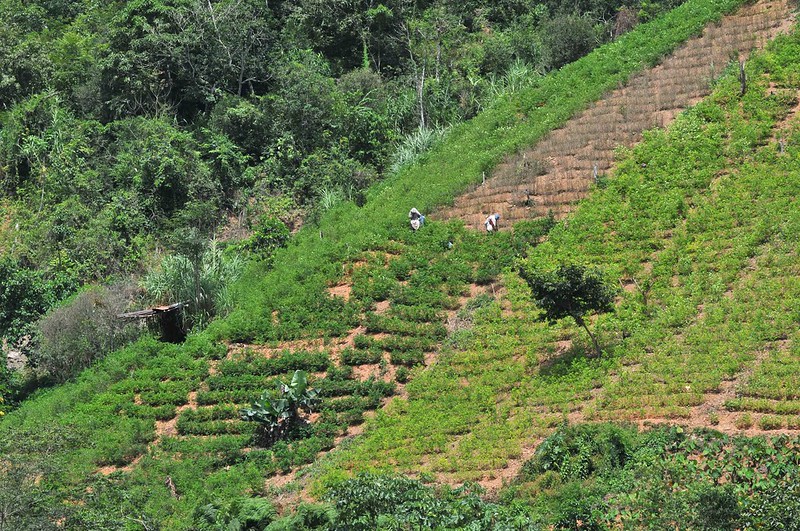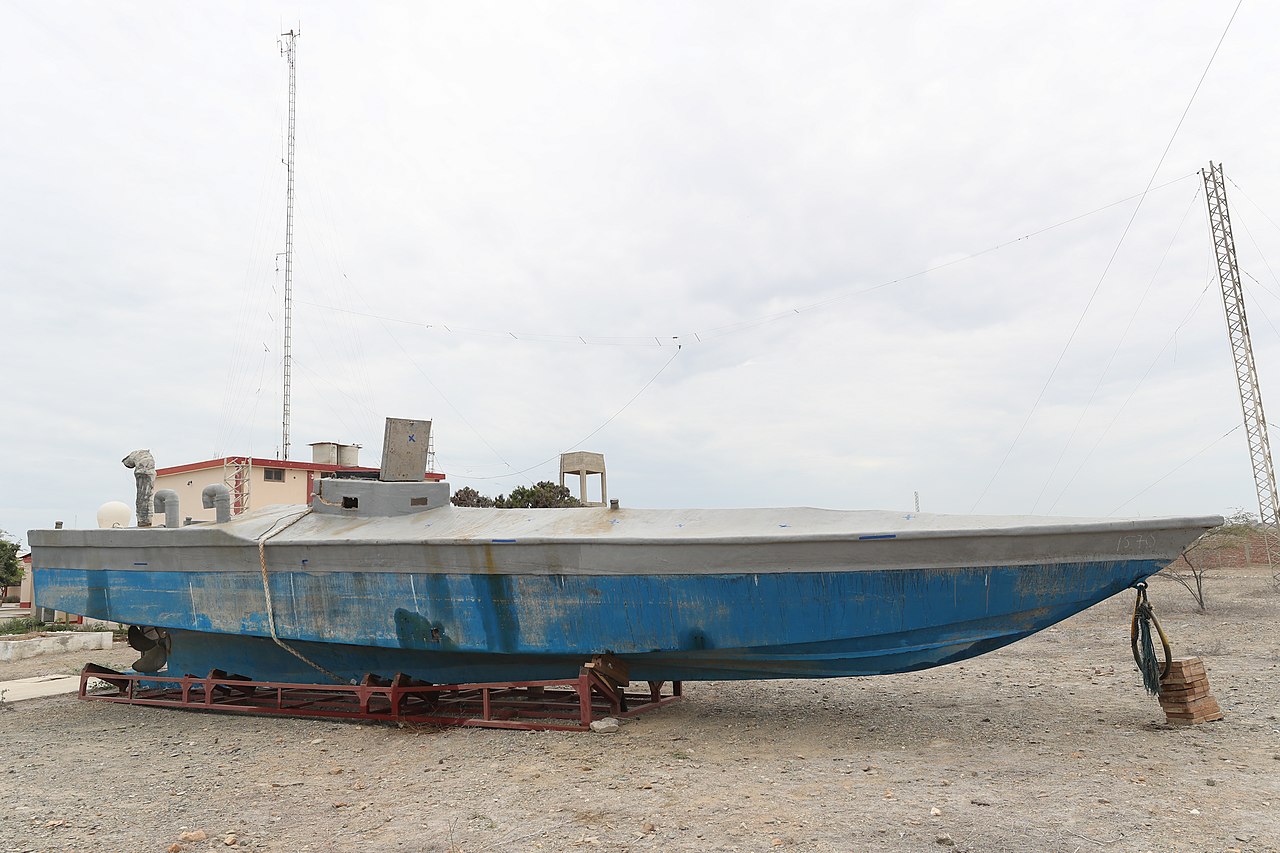
A coca plantation of the kind found on the Colombia-Venezuela border.
“The first thing the cartels ask is if the farm has a landing strip because that gives the property a very high price.”
Mexican criminal organizations have ambitions to transform much of South America’s drug trade through a robust physical presence in Venezuela, Colombia, and Ecuador. Previously, emissaries of Mexican criminal organizations had arrived at the Colombia-Venezuela border in an attempt to mediate disputes between local drug gangs (see “Colombian Military Continues to Forcefully Dismantle FARC Dissident Structures,” OE Watch, #4, 2022). However, according to one of Argentina’s leading news sites, Infobae, the presence of Mexican cartels extends well beyond mediation. Under the guise of oil exploration, Infobae reports how Mexican criminal organizations are driving a real estate frenzy on the Colombia-Venezuela border. Farmland with a landing strip is especially valued, since it gives drug flights the ability to land and take off near production and storage facilities. Large farms with landing strips are common because the roads are blocked during the rainy season and prevent farmers from getting their harvest to market. Another Infobae report indicates that Mexican cartels in the borderland have started to transform Colombia’s drug production as well. Specifically, Mexican cartels have introduced coca plants that yield greater harvests while requiring fewer hectares under cultivation. Mexican cartels that used to work with local criminal organizations are becoming more globally minded in an effort to cut out middlemen and other major players.
Source:
“Alarma por el crecimiento de la compra y venta de ganado del narcotráfico y la guerrilla en Venezuela con participación de militares y políticos (Alarm over the growth of the purchase and sale of property from drug trafficking in Venezuela with the participation of the military and politicians),” Infobae (one of Argentina’s leading news sites), 28 April 2022. https://www.infobae.com/america/venezuela/2022/04/28/alarma-por-el-crecimiento-de-la-compra-y-venta-de-ganado-del-narcotrafico-y-la-guerrilla-en-venezuela-con-participacion-de-militares-y-politicos/
There is a boom in the acquisition of properties by…Mexicans in the states of Apure, Guárico, Anzoátegui and Bolívar, with money of unknown origin…The first thing the cartels ask is if the farm has a landing strip because that gives the property a very high price. The presence of Mexicans…has the excuse that they are interested in oil exploitation…For years, farmers have had airplanes mainly because in the rainy season, the roads are obstructed…Now, there are landing strips everywhere and aircraft landing and taking off at any time.
Source: “Cómo el Cártel de Sinaloa y el CJNG han innovado la producción de cocaína en Colombia (How the Sinaloa Cartel and the CJNG have innovated cocaine production in Colombia),” Infobae (one of Argentina’s leading news sites), 11 May 2022. https://www.infobae.com/america/mexico/2022/05/11/como-el-cartel-de-sinaloa-y-el-cjng-han-innovado-la-produccion-de-cocaina-en-colombia/
As if they were administrators of legal companies, the Mexican drug traffickers participate directly in the cultivation of the coca leaf with the introduction of adapted seeds…Lieutenants sent to the South American country not only supervise the planting, but also coordinate the shipment that guarantees the quality of the drug exported via Central America and its passage through Mexico to the streets of the United States, where the product increases its value exponentially…Despite the limited planting area, they have also implemented strategies to increase the crop yields of plantations.
Image Information:
Image caption: A coca plantation of the kind found on the Colombia-Venezuela border.
Source: https://www.flickr.com/photos/ciat/4387014624
Attribution: CC BY-SA 2.0


